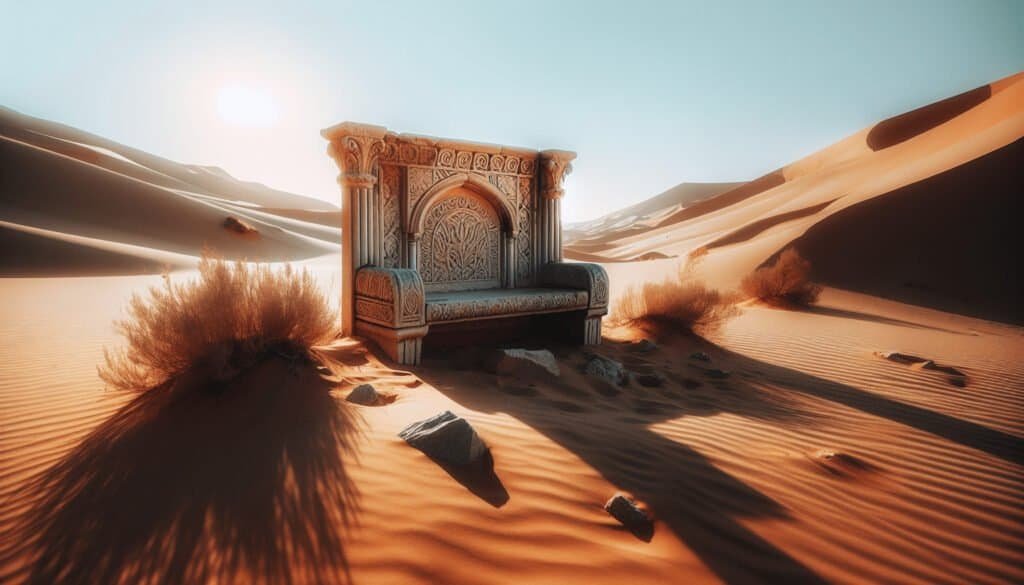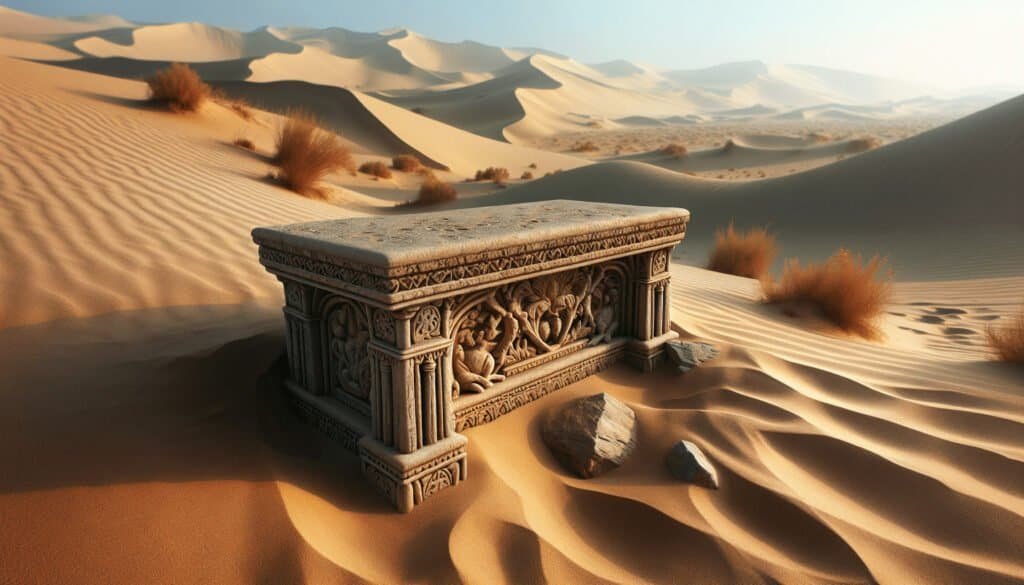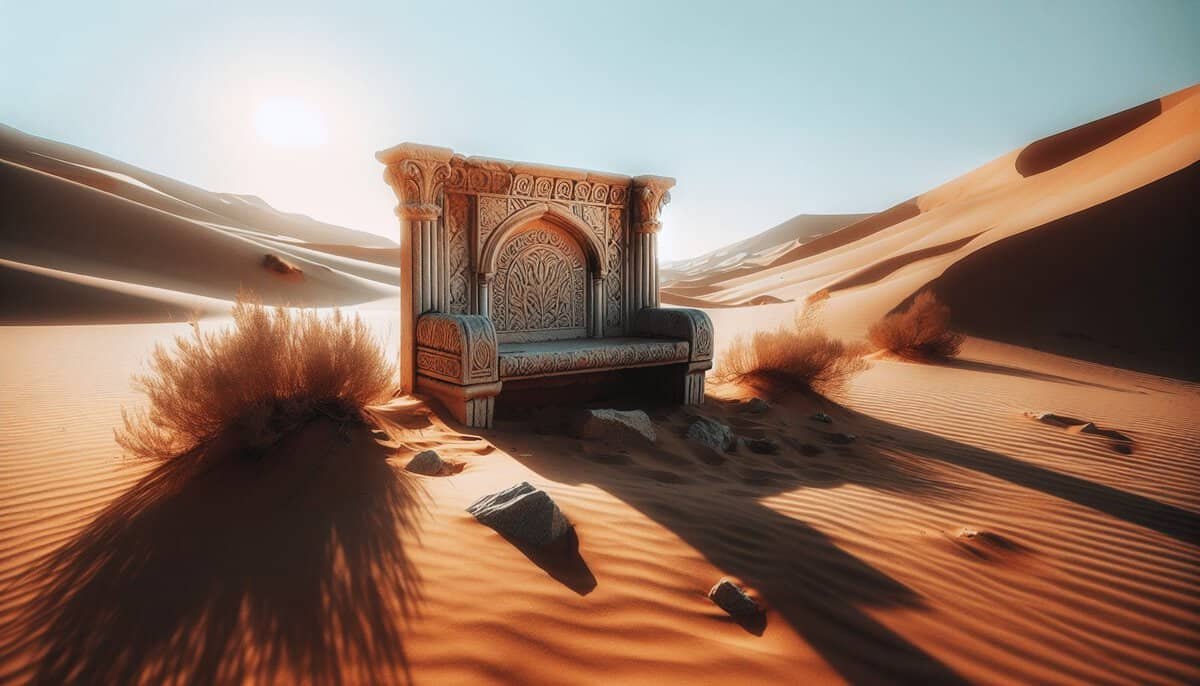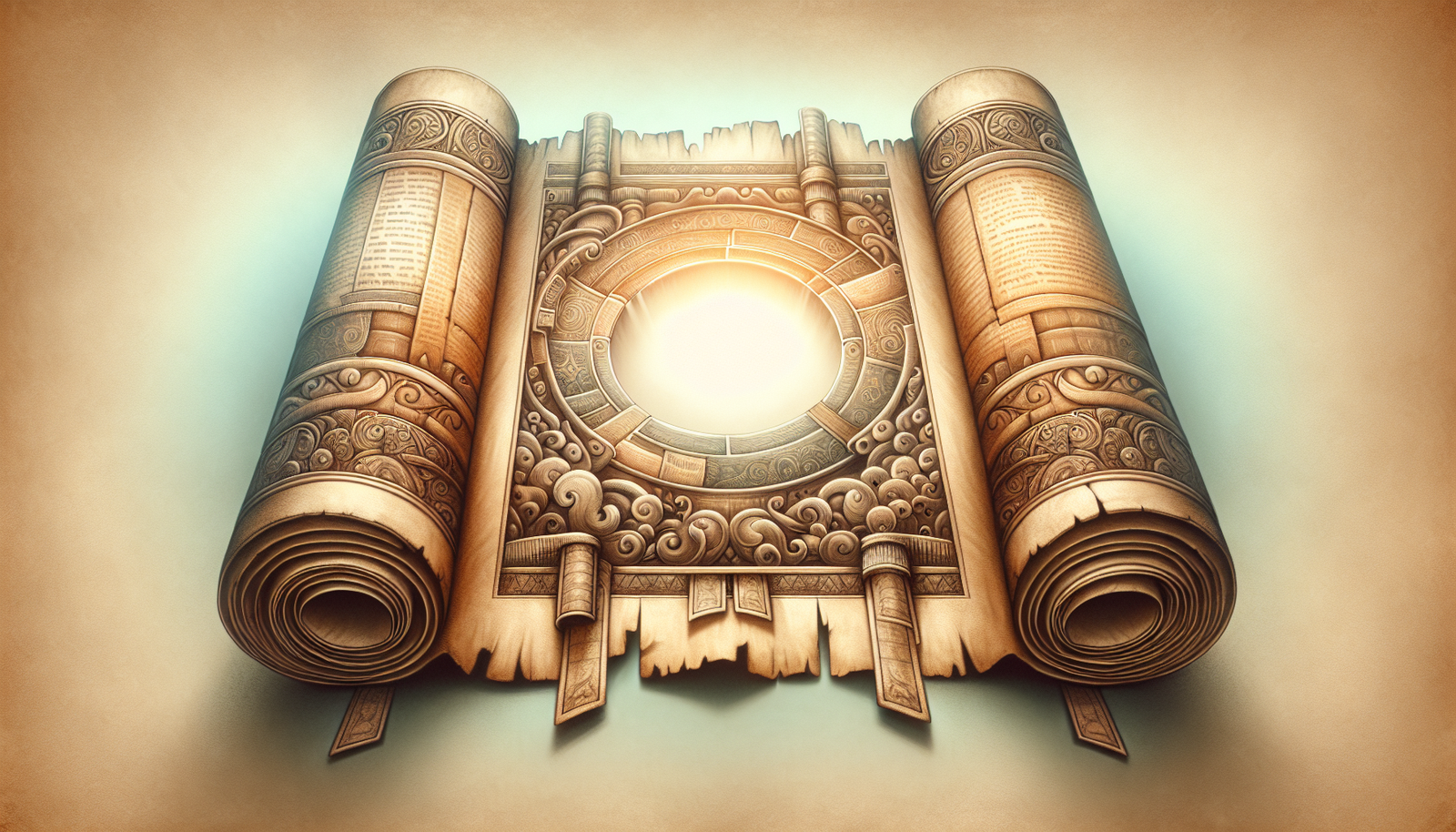What do you think about the connections between the artifacts we find and the stories they tell from centuries past? Archaeology can sometimes feel like a puzzle, where each piece reveals a bit more about our history, beliefs, and aspirations. One intriguing artifact that’s stirring interest in biblical archaeology is the Desert Stone Bench. This stone seating carries with it whispers of ancient lives and perhaps even divine interactions that shaped religious narratives.
The Context of Biblical Archaeology
Biblical archaeology isn’t merely about digging through sand and uncovering ancient artifacts; it’s about connecting the physical remnants of the past with the narratives we find in religious texts. For you, this connection helps to breathe life into histories that you might have thought were confined to the pages of dusty, old books. Excavations in the Near East have provided invaluable insights into the lives of biblical figures, from daily routines to spiritual practices.
Examining Historical Records
Historically, regions mentioned in the Bible, such as Judea and Samaria, have been rich sites for archaeological exploration. The physical evidence gathered through rigorous excavations often lends support—or sometimes challenges—the narratives contained within biblical texts. When you consider a stone bench, you might think of it as simple furniture, but it serves as a reflection of the culture and rituals of those who inhabited the area.
The Significance of Artifacts
Artifacts do more than tell us when or how people lived; they also provide context to their spiritual beliefs. Features like altars, inscriptions, and benches often relate to religious practices and the communal aspects of worship. The Desert Stone Bench is particularly interesting because it occupies the liminal space between the sacred and the mundane, giving you a glimpse into how communities engaged with their faith and each other.
What is the Desert Stone Bench?
At first glance, the Desert Stone Bench may seem like an unassuming artifact. However, this humble structure offers key insights into the daily lives of ancient peoples while also pointing to deeper theological significance.
Physical Description
The Desert Stone Bench typically consists of substantial, flat stones arranged in a manner that invites rest. It’s usually positioned in outdoor spaces, suggesting that gatherings often took place in nature—maybe under a broad sky or beside a tranquil oasis. Its very existence raises questions about social structure, communal practices, and perhaps even moments of divine encounter.
Geographical Context
Found mostly in arid zones of the Near East, the bench reflects the environmental realities of the people who used it. The practicality of stone in ancient construction meant durability amidst harsh climate conditions. Because these areas were often central to trade and pilgrimage, the bench could have served as a meeting point for various groups, bridging communities over matters of faith.

The Historical Significance
You might wonder how a stone bench could be pivotal in understanding biblical history. The answer lies in its potential role during significant events described in the Bible. Scholars argue that benches like these might have been used during gatherings that included communal worship or decision-making processes in ancient Israelite society.
Links to Scriptural References
One significant link is the idea of gathering in the spirit. There are instances in the scriptures suggesting that certain outdoor places became sanctified grounds for communal prayer and instruction. For example, think about the benches acting as gathering spots for leaders to share wisdom or for the faithful to come together.
Here are a couple of scriptural references that might provide some insight:
| Reference | Context/Significance |
|---|---|
| Exodus 18:13-27 | Moses sitting to judge the people—possible use of benches. |
| Luke 24:30 | Jesus sharing a meal—with perhaps benches for seating. |
The Cultural Dimensions
In your mind, consider how communal spaces influence culture. This bench isn’t just furniture; it embodies the social dynamics of the time. Imagine the stories shared, decisions made, and spiritual experiences celebrated here. The communal aspect was essential, reflecting values of unity and collective identity which are vital in many religions.
Archaeological Findings
Given its potential significance, various archaeological findings related to the Desert Stone Bench have started to surface. Each discovery opens a window into the past and allows you to further connect with the historical narratives you might be familiar with.
Excavation Sites
Recent excavations in desert regions have revealed multiple stone benches, each with unique features that tell their own story. Areas surrounding Jerusalem and in Jordan have yielded important artifacts, inviting you to ponder their historical significance. These sites serve as palimpsests where the layering of history reveals the multifaceted nature of ancient life.
Future Implications of Findings
Every new finding has implications for understanding the broader context of religious practices. If more evidence emerges concerning the Desert Stone Bench, we might reassess its role in how early communities engaged with their beliefs. It’s thrilling to think how archaeological discoveries can reshape what you know or believe about your history!

The Theological Implications
When you sift through the layers of history, you may discover that theology often hinges on both written texts and tangible experiences. The stone bench, an ordinary piece of furniture, becomes extraordinary once you consider its implications for worship and spiritual gatherings.
Sacred Spaces and Divine Encounters
Could it be that benches served as portals between the mundane and the divine? Ancient people may have believed that their prayers and communal gatherings could invoke divine presence, transforming a simple outdoor bench into something holy.
Community and Faith
Community has long been a critical component of faith. The existence of such benches encourages you to ponder how faith is lived out within a community context. Whether you’re sharing a meal, discussing ethics, or simply sitting in silence, these moments contribute to the collective spiritual experience.
Unique Insights and Fresh Angles
As you reflect on the significance of the Desert Stone Bench, think about it through various lenses. It’s not just an object; it’s a vessel for unity, a catalyst for belief, and a silent participant in the ongoing spiritual narrative.
Archaeological Methodologies
The methods used in archaeology can shed light on our interpretations of artifacts, including the Desert Stone Bench. Modern technology, like ground-penetrating radar or digital imaging, allows for the study of sites without disturbing them, offering a more comprehensive understanding of where these benches fit into the larger archaeological puzzle.
Cultural Significance Beyond the Bible
Beyond biblical interpretations, the Desert Stone Bench has implications in understanding ancient cultural interactions. It challenges you to think about how trade routes, migration patterns, and cultural exchanges influenced religious practices.
Bridging Ancient Contexts with Modern Perspectives
As we consider the role of the Desert Stone Bench in biblical archaeology, you’re also invited to connect it with modern beliefs and practices. What might a stone bench symbolize in your life today?
Modern-Day Reflection on Community and Faith
In our fast-paced world, gathering places can often feel trivialized, yet it’s essential to find spaces that encourage connection and dialogue about spiritual matters. Perhaps you find yourself collaborating with others in a park or sitting with friends on a stoop to discuss life. These modern analogs reflect the ancient practices that resonate with you even today.
The Unchanging Nature of Seeking Truth
Regardless of where you find yourself in your faith journey, the quest for truth remains constant. The Desert Stone Bench, while a simple object, invites you to engage with your own beliefs, encouraging dialogue and reflection in your community.
Conclusion
In summary, the Desert Stone Bench is more than an artifact; it’s a reminder of the human desire for connection, spirituality, and community. As you navigate through its historical, cultural, and theological significance, it becomes clear that this piece of stone carries with it the weight of centuries of human experience. Engaging with such artifacts not only grounds you in a particular moment in history but also encourages you to reflect on how the themes of faith and community persist across time.
By considering the significance of the Desert Stone Bench, you find not just a piece of history but also a mirror reflecting your own values, aspirations, and relationships in the modern world. This humble stone bench carries whispers from the past that are still relevant, resonating with your journey today.



